Introduction to Sedum Care
Imagine your garden, a canvas painted with a rich tapestry of textures and colors. Nestled among the vibrant hues and leafy greens are the unsung heroes of the perennial world—sedum plants. Known for their drought tolerance and ability to thrive in a myriad of conditions, these succulent beauties are a cornerstone in the gardens of both novice and seasoned horticulturists. They’re the stoic guardians of your floral kingdom, standing firm through sweltering summers and frigid winters, asking little but offering much.
So, here you are, maneuvering through the maze of gardening dos and don’ts, pondering over a question that has echoed through the backyards of time: should I cut down sedum? To prune or not to prune, that is the question that often leaves gardeners scratching their hoes in contemplation. Each stem, a repository of potential—snip it for shape and health, or leave it to nature’s whimsical designs?
In this explorative journey, we’ll unveil the intricacies of sedum care, delving into the practice that sparks such wide-eyed wonderment and furrowed brows. Whether it’s the statuesque Sedum spectabile, basking in the late summer sun, or the ground-hugging Sedum acre, carpeting the earth in a vibrant, living quilt—they all share a tale that we’re about to decode.
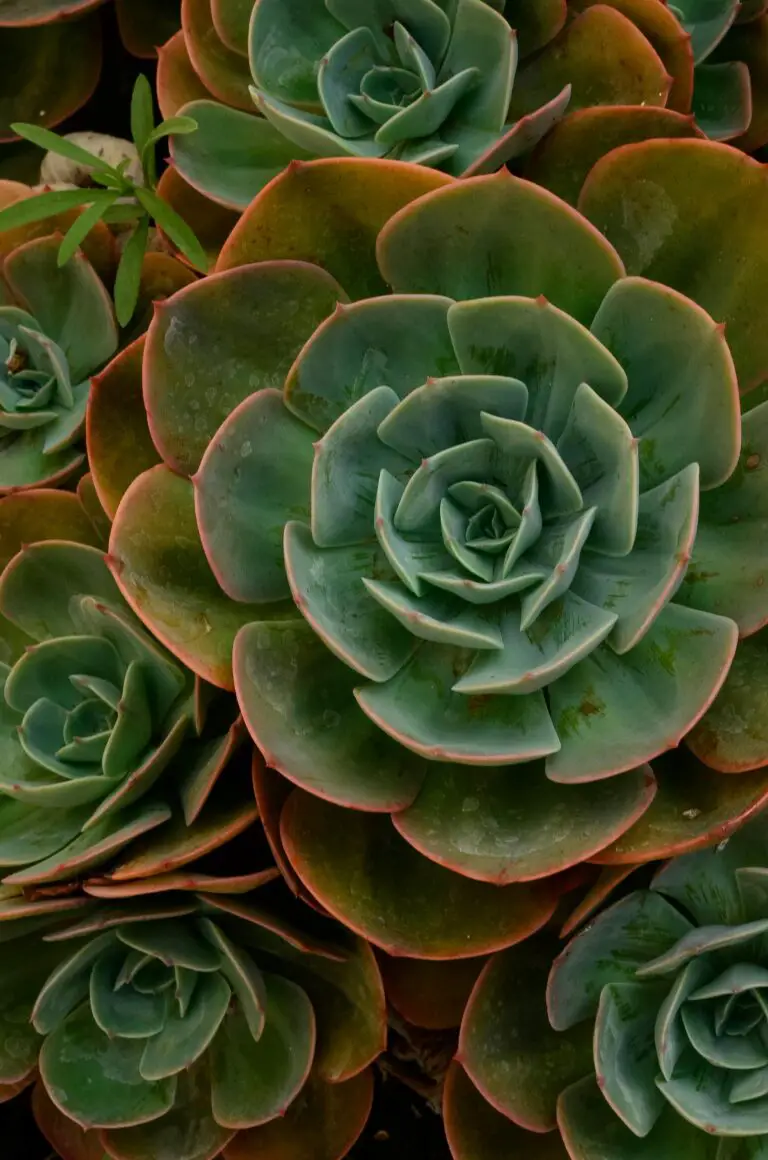
Let us embark on a spirited excursion into the world of these resilient plant denizens. Anecdotes from experienced gardeners and insights from plant aficionados will be your guide, shedding light on the age-old debate. Will the act of pruning bolster their vigor, or is it an unnecessary chore that’s best left unchecked? The answers we unearth may surprise you, but rest assured, they will be rooted in the practical wisdom that only comes with tender love and hands-on care in the garden.
Understanding Sedum Growth Habits
Imagine a lush, verdant tapestry spread out beneath the open sky, speckled with the charming hues of sedum plants. These hardy succulents have captured the hearts of gardeners everywhere, not just for their drought tolerance but for their sheer variety and the unique touch they bring to gardens. But to truly harness their aesthetic power, one must delve into the mysteries of their growth habits.
Different types of sedum, or “stonecrops” as often called, each carry their own secret growth blueprints. Some sedum varieties creep along the ground, forming a dense living mat that can turn any space into a textural masterpiece. Others stand tall, reaching for the sun with thick, fleshy leaves and robust stems topped by starburst clusters of flowers. It’s these diverse growing patterns that determine how and when we should turn our pruning shears their way.
The natural lifecycle of a sedum plant is like a slow dance with the seasons. In spring, new growth emerges from the earth, full of promise and vitality. As the days grow longer, these resilient plants take full advantage of the warm light, storing water in their leaves and growing steadily. Come summer, they burst into a riot of blooms, attracting pollinators and adding color to our green spaces. And as autumn winds whisper through the branches, some sedums die back, leaving behind a skeletal silhouette that holds a stark beauty all its own.
Understanding this cycle is paramount, as it influences when our pruning should occur. Is it best to trim when they’re basking in summer glory, or should we wait until they’ve retreated back to the earth? Each phase of growth offers a different answer, a different path to follow for the health and aesthetics of your garden.

For instance, let’s take the sedum ‘Autumn Joy’, a common and beloved variety. As the name suggests, its opulent pinkish blooms grace our gardens in late summer and autumn. Pruning it too early would rob us of its spectacular floral show, while too late, and we might hinder next year’s growth. The key lies in timing, a strategic snip here, a thoughtful cut there, fostering both the plant’s vigor and our visual pleasure.
If you’re curious about more specific trimming techniques and timing, you might enjoy exploring our insights on thriving tips for lush succulent gardens, where we dive into particular sedum varieties and their care.
In conclusion, the charming sedums in our midst follow a rhythm set by nature herself, and as gardeners, we tune into this rhythm to guide our pruning shears. So, should you cut down sedum? The answer is nestled within the understanding of these delightful plants’ growth habits – a knowledge as crucial to gardening as sunlight is to the very plants we cherish.
Reasons for Cutting Down Sedum
Every gardener knows that there’s a science and an art to keeping plants thriving, and the sedum, with its thick, succulent leaves, is no exception. Pruning or cutting down your sedum might seem counterintuitive—after all, why cut back a plant you want to grow? Nevertheless, there are several cogent reasons to wield those pruning shears with purpose.
Aesthetic Enhancement
Let’s begin with the visual aspect. Sedums, or stonecrops, can become the unrivaled stars of your rock garden or border displays; however, left untended, they might sprawl haphazardly. Strategically cutting back sedum can promote a fuller, bushier appearance. This is akin to an artist adding depth and texture to a painting, turning an ordinary plant into a masterpiece of your garden’s landscape.
Encouraging Robust Health
From an analytical stance, not cutting down sedum is akin to not investing in health insurance. Overgrown sedum can become leggy, with weak stems that are more vulnerable to pests and diseases. Cutting back can rejuvenate your plant, bolstering its vitality. Like a regular health check-up, a good prune ensures your sedum remains the picture of health.
Controlled Plant Growth
Overzealous growth can be as problematic as a neglected plant. If some of your sedum varieties are encroaching on neighboring plants or overstepping their bounds within your garden design, cutting them back can act as a necessary boundary. It not only keeps your garden orderly but also maintains harmony in the shared space of your plant community.
For a visual guide on how to properly care for your sedum through the seasons, including cutting back, here’s an insightful video:
Are you wondering if timing makes a difference when trimming your sedum? It’s a common question among enthusiasts seeking to optimize their plant’s health and display. Cutting down sedum at the right time can mean the difference between a dormant period spent gathering strength or one wasted on recovering from an ill-timed trim.
For additional insights and advice on keeping your sedum and other garden treasures pruned and healthy, explore our guide on pruning practices designed to cultivate lush growth and a captivating garden presence.
The Right Time to Prune Sedum
When it comes to sprucing up your sedum, timing is everything! Just like you wouldn’t wear a winter coat in July, your sedum prefers to be pruned when it’s best suited for its growth cycle. So, when should you roll up your sleeves and reach for those shears? Let’s cut to the chase!
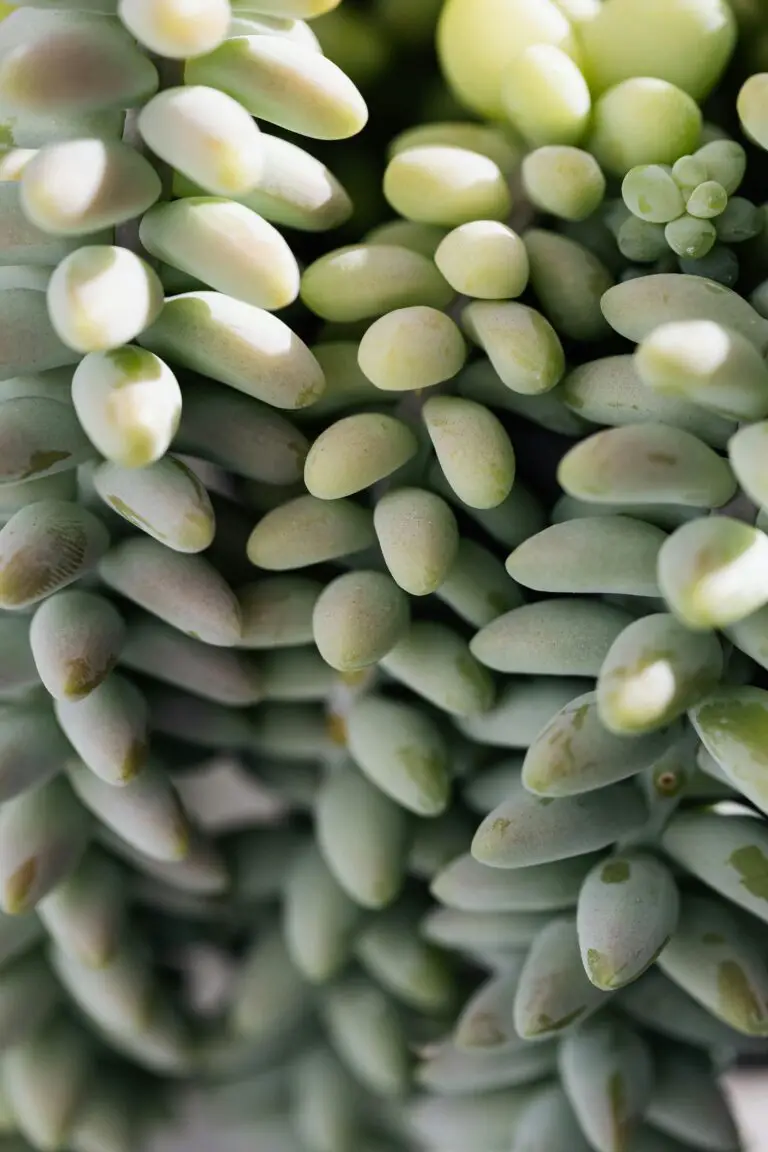
Imagine it’s post-flowering season; your sedum has put on a spectacular show and is now resting on its laurels, somewhat literally. This is your cue! Once the blooms have bid adieu, give your sedum a gentle trim. This is not just about tidiness; it’s about encouraging a robust plant that will give you an encore performance next season.
But there’s more – consider the pre-winter chill. You wouldn’t send a friend into the cold without a coat, would you? Similarly, sedum needs a helping hand to gear up for winter. Cutting back the excess growth before the frost sets in is like knitting a snug blanket for your plant’s root system, safeguarding it against Jack Frost’s chilly advances.
It’s a dance with nature, really. By observing your sedum’s life cycle and respecting its seasonal rhythms, you’re not just pruning – you’re orchestrating an elegant ballet between growth and dormancy. With these timely trims, you’re setting the stage for a garden spectacle that’s a cut above the rest!
How to Properly Prune Sedum
Welcoming a lush sedum into our gardens is like inviting a bit of botanical acrobatics. These succulent performers twist and twirl into vibrant displays, but without a careful pruning, they can easily fall out of balance. Fear not, my fellow green thumbs, for the art of pruning sedum is akin to a well-orchestrated dance—precise, thoughtful, and utterly rewarding. Let’s nip and tuck our way to perfection with a comprehensive step-by-step guide.
Before we begin our trimmings, it’s crucial to amass the right gear. Your arsenal should include sharp, disinfected pruning shears to ensure crisp cuts that heal fast. Envision yourself as a botanical barber, poised with the right clippers to bring out the best in your leafy clientele. Additionally, don your best pair of gardening gloves—after all, safety is the badge of a savvy pruner.
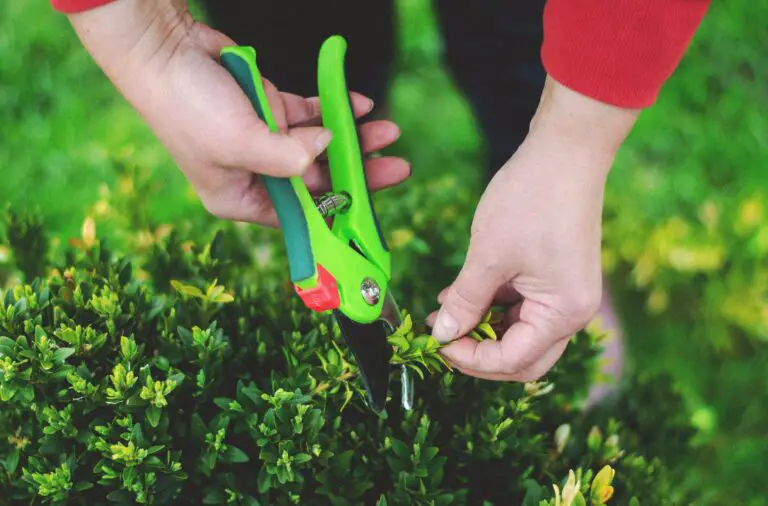
Commence your sedum spa session by scouting for dead or wayward growth. Spotting a rogue limb is like unearthing a misplaced puzzle piece—it just doesn’t fit. Snip away these offenders at their base, just above a leaf node. Remember, pruning is not only about enhancing form but also about fostering a heartier plant. Each cut is a whisper of encouragement, coaxing your sedum towards its lush potential.
Our next act in this pruning play is the thinning of dense growth. Overcrowding in the sedum world is like guests jostling at a garden party; it’s all fun and games until someone gets lost in the shuffle. A strategic thinning invites light and air to mingle freely among the leaves, reducing the risk of fungal soirées that nobody wants an invite to. Channel your inner sculptor and liberate those overshadowed shoots.
A commonly overlooked chapter in the pruning narrative is timing. Picture pruning as the plant’s personal calendar—timing is everything. Aim for a late spring trim, as new growth begins to wink at the sun. This gentle intervention sets the stage for a season of verdant splendor, leaving behind the woes of winter. For an in-depth exploration of pruning’s prime time, open your browser to Live To Plant, where the mystery of the perfect pruning moment is unraveled.
And with those sage steps, pruning becomes less of a chore and more of an intimate tango with nature. As you wield your shears and shape the destiny of your sedum, remember: each snip is a serenade for growth and each leaf spared is a verse in the poetry of gardening. And although our section ends here, your journey with your sedum is an evergreen narrative—may it grow as beautifully as the tales we share.
Caring for Sedum After Pruning
Once you’ve trimmed your sedum, it’s not just about the snip-snip — the aftercare is crucial. Imagine nurturing a promising athlete through recovery after an intense game; your sedums, too, need that extra TLC to bounce back better than ever. So, let’s dive into the essentials of post-prune pampering.
Let’s talk hydration first. Just like after a good workout, your plants are thirsty. But not too much! Overwatering is the hangover your sedum doesn’t need. Instead, give it a gentle drink to help it recoup. Think of it like a soothing cup of tea rather than a dunk in the pool. Water judiciously, allowing the soil to dry between waterings.
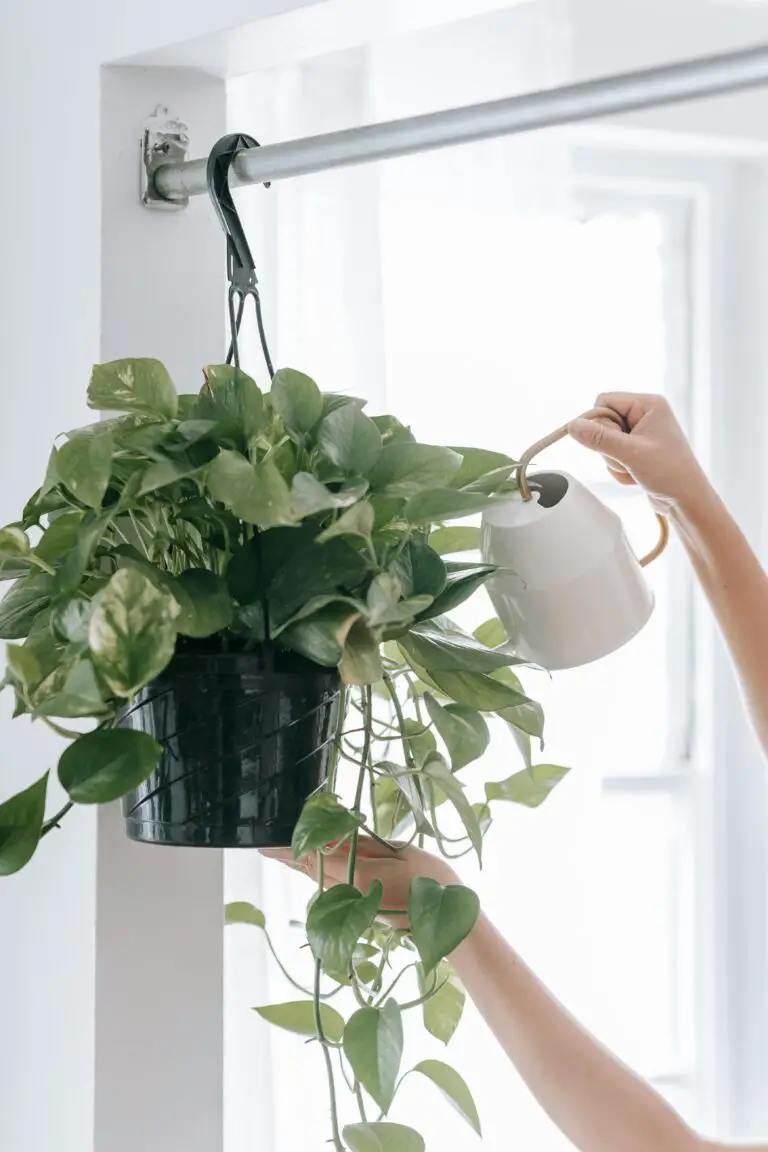
Nutrition is next on the agenda. Your sedums have just been through the botanical equivalent of a haircut, and just like you’d use a conditioner after a trim, your plants need their version of a nutrient boost. A balanced, slow-release fertilizer will do wonders, gently coaxing your plant back to its lush, green glory.
And then there’s the blanket—mulch. Spread a cozy layer around your sedums to keep them snug. It’s almost like tucking them in for a good night’s sleep after a busy day. Mulch maintains moisture, deters weeds, and adds an extra layer of protection while your sedums regain their strength.
Incorporating these steps into your sedum care routine isn’t just about recovery; it’s about setting the stage for vigorous growth and bloom. After all, pruning isn’t the end; it’s a fresh start for your sedum, an opportunity for renewal and even more stunning displays in your garden. Who wouldn’t want their sedum to be the envy of the neighborhood?
Sedum Propagation from Cuttings
Ready to give your green thumb a real workout? Then let’s dive into the exciting world of sedum propagation! It’s like magic – you take a snip here, a cut there, and voilà, you have new plant babies ready to thrive. But let’s roll up our sleeves and get into the nitty-gritty of how to turn your sedum cuttings into a flourishing garden.
Step 1: Snip and Clip with Confidence
Alright, fearless gardeners, it’s time to wield your pruning shears like a pro. Hunt down those healthy sedum stems and snip off about 4-6 inches from the tip. Make sure you make a clean cut just below a leaf node, because that’s where the rooting magic happens.
Step 2: Prep for Success
Got your sedum snippets? Great! Now let’s strip off the leaves from the lower half of the cutting. Those bare stems will soon be sporting some fine new roots. Give the cuttings a little time-out – let them callus over for a day or two. It’s like they’re gearing up for the big grow.
Step 3: Stick ‘Em In
Now for the fun part. Grab a pot with some well-draining soil mix specifically designed for succulents. Gently nestle your cuttings into the soil, standing them up like little green guards. No need to bury them deep, just enough so they stand at attention.
Step 4: The Waiting Game
After planting, patience is key. Hold off on the watering for a bit; give those cuttings some tough love to stimulate root growth. When you do start to water, think of it as a gentle misting. We’re not trying to recreate a rainforest here, okay?
Step 4: Watch ‘Em Grow
With the stage set, your sedum cuttings will start to work their magic. Keep them in a bright spot with indirect light, and in a few weeks, you’ll notice tiny roots reaching into the soil. When they’re sturdy enough, you can transplant them to their forever home.
Don’t just take my word for it, though. The proof is in the planting, and I’ve got just the visual aid to help. Check out this informative video on propagating sedum and watch those green wonders in action.
Remember, plant pals, while “should I cut down sedum” might have you pondering, the real joy comes in turning those cuttings into a spectacular sedum showcase. So take the leap, make those cuts, and watch your garden grow!
Frequently Asked Questions
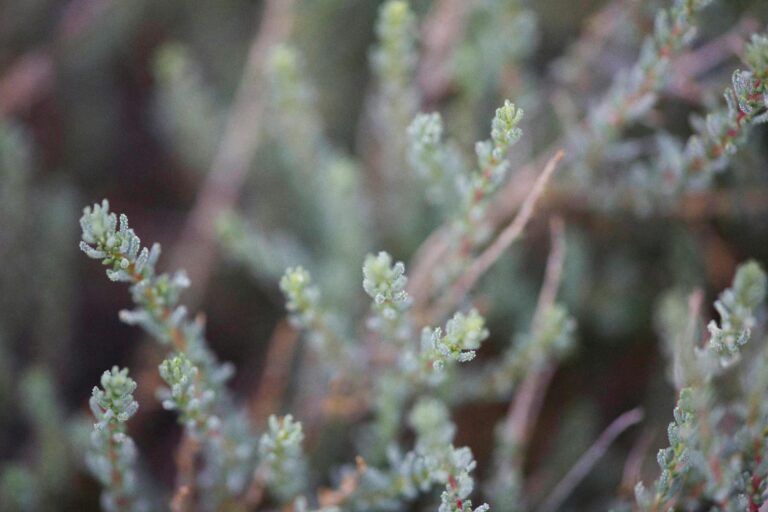
When Is The Ideal Time To Trim Sedum?
Trimming sedum is an art as much as it is a science. It’s about understanding the subtle cues your plants give you. The best time for a haircut is after the first frost when the sedum’s flowers have faded, yet before the plant awakens from its winter slumber. Think of it as preparing your sedum for a stellar performance in the spring!
How Often Should Sedum Be Cut Back?
Not too little, not too much – it’s all about balance. Sedum thrives with an annual pruning, aligning with the natural rhythm of the seasons. Regular cutting back can encourage a robust and healthy growth that would make any gardener beam with pride.
What Techniques Should Be Used for Cutting Down Sedum?
I’ve seen gardeners, shears in hand, as precise as a tailor crafting a suit. For your sedum, snip above a leaf node or break out those gardening gloves and simply snap off the spent flower heads. Just be careful not to cut into the healthy rosettes—those are next season’s stars.
Are There Different Pruning Needs for Different Sedum Species?
Saying “all sedum are the same” is like saying all cakes require chocolate—delightful but not always true. Groundcover types like Sedum spurium may just need a gentle thinning, whereas the taller varieties like Sedum telephium demand more detailed work. Know your sedum, and your sedum will flourish.



